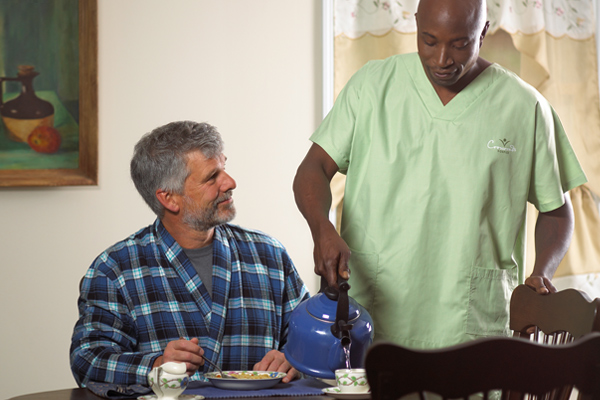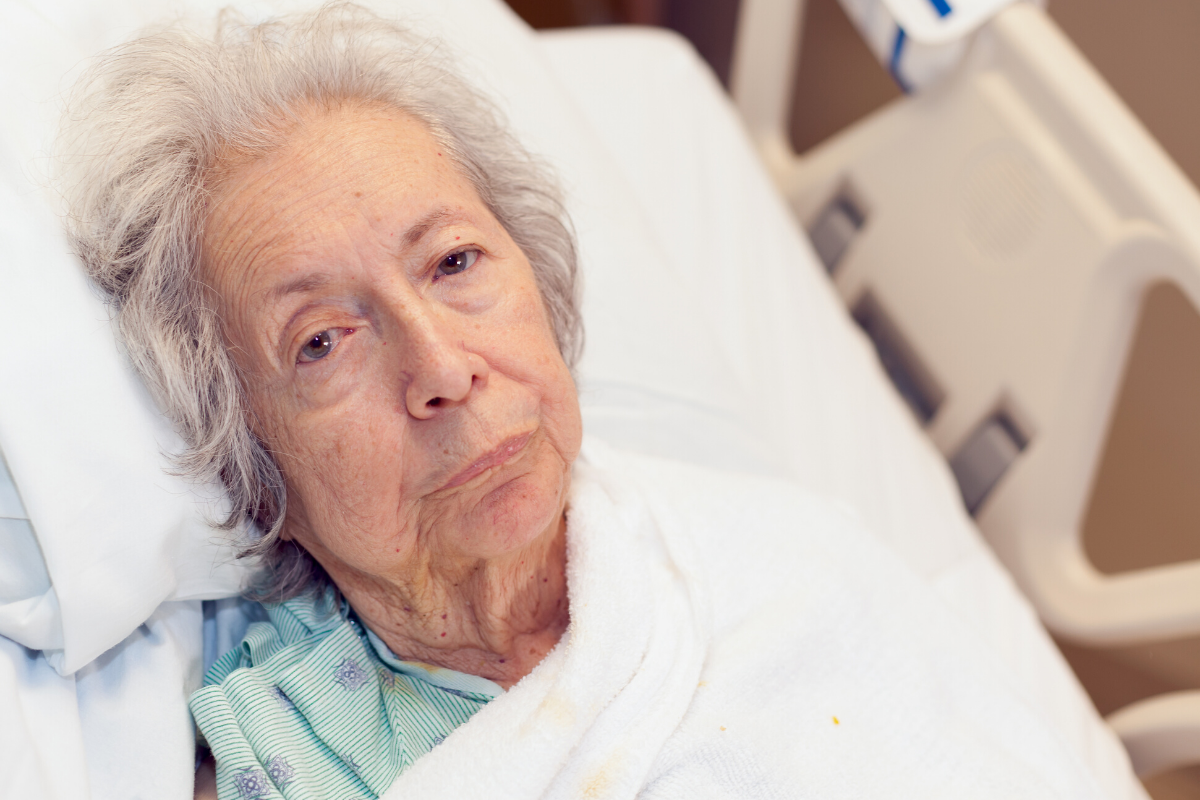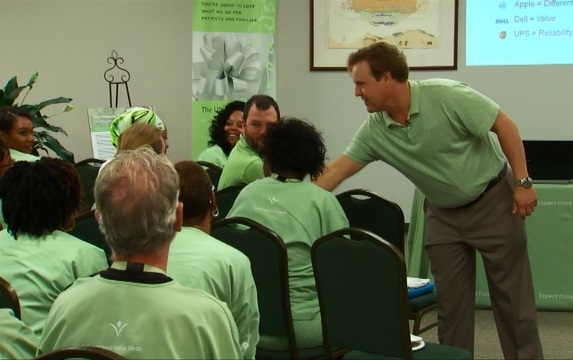Who are Crossroads patients?
 In the technical sense, Crossroads Hospice’s patients need to meet two criteria. First, the patient must be certified by two physicians with a prognosis of six months (or less) to live – if the disease runs its normal course. The second, is that the patient must choose palliative medicine instead of curative medical care.
In the technical sense, Crossroads Hospice’s patients need to meet two criteria. First, the patient must be certified by two physicians with a prognosis of six months (or less) to live – if the disease runs its normal course. The second, is that the patient must choose palliative medicine instead of curative medical care.
To better understand a patient, I think it is important to understand the differences between palliative and curative medical care. The World Health Organization (WHO) defines curative medicine as “a substance or treatment whose purpose is to restore health”. Palliative medicine is defined as “alleviating pain and symptoms without eliminating the cause, paying particular attention to the mental and spiritual aspects of care”. So looking at those definitions, let’s find out who a Crossroads patient is…
Any patient, who is given the prognosis mentioned above, is facing a“crossroads”. They can continue/begin curative treatments, but at some point those treatments may fail to meet their needs. If you think about all of the things you would like to happen before you die, you may come up with a list very similar to these basic needs:
- You want the people you love to know that you love them.
- You want to know that you life mattered.
- You want to be remembered.
- You would like not to be in pain, whether that be physical, emotional, or spiritual pain.
- You don’t want to be a burden to your loved ones, financially or physically.
Everyday those simple goals are brought to our hospice care plan. Our entirestaff works with all of our patients to ensure they have this kind of peace.
If we look at number four above, I think we will find a misunderstood part of hospice care. It is true that hospices are not striving to “cure” the patients’ disease, but make no mistake about the professional, and sometimes aggressive, treatments needed to prevent patients’ symptoms from occurring. Quite often, these are very serious diseases and take an entire team, medications, and equipment to achieve the “no symptoms” goal. Another difference is that our hospice care plans, unlike curative treatments, are not limited to the patient alone. Our care plans also include family members and loved ones. Even after the death of the patient, our staff continues to care for the loved ones through the Grief Recovery Method® Outreach Program.
When is it time for a patient to consider hospice care? Basically: when the benefits of any curative treatment fail to outweigh those needs of the patient, which I outlined above. Or to break it down to its simplest terms, when curative treatment stops curing.




